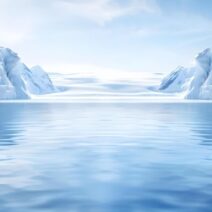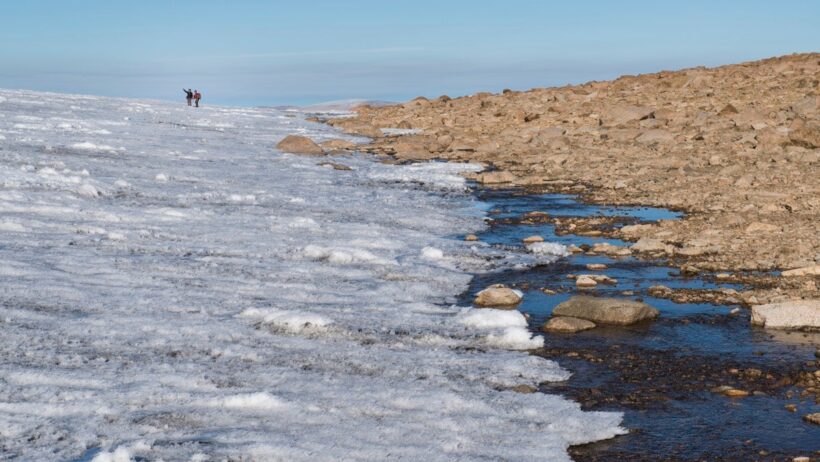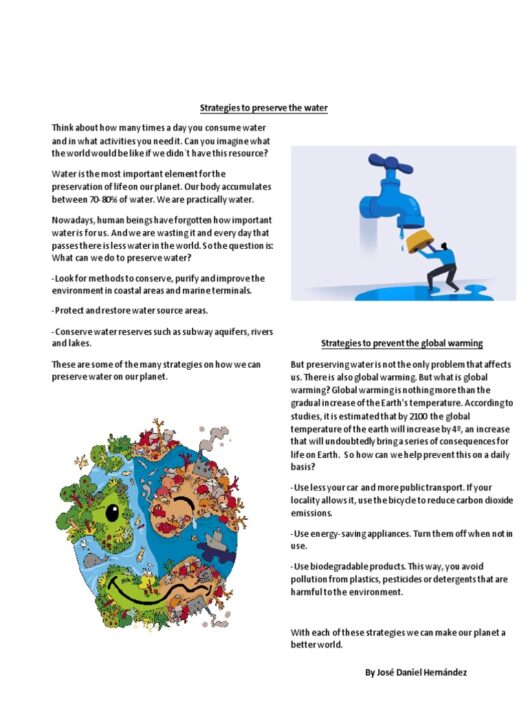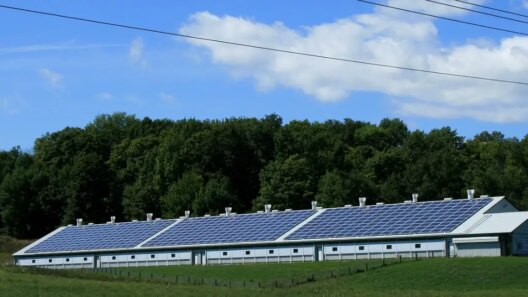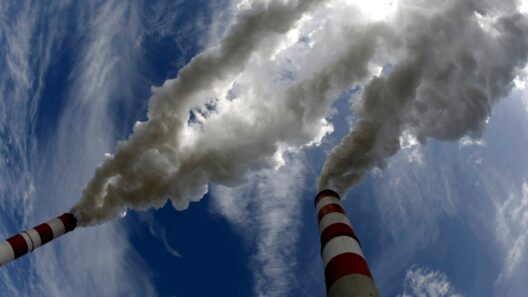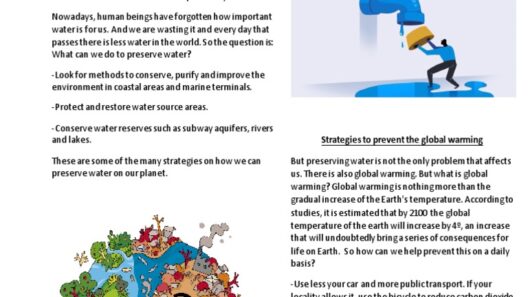The Arctic, a vast and frigid expanse, is not merely a desert of ice; it is a treasure trove of life, bustling with organisms that survive and thrive in the seemingly inhospitable. At the heart of this ecosystem lies a complex web of interactions that are being dramatically altered due to climate change. Central to this delicate dance are the seemingly humble algae; these organisms, tiny and often invisible to the naked eye, hold immense significance in the ecological balance of the Arctic. The narrative of “Arctic Algae on Thin Ice” is a tale woven through the fabric of warming temperatures, melting glaciers, and the fragility of life at the top of the world.
Algae, often dismissed as simple plant-like organisms, are in fact the powerhouses of the marine ecosystem. They are the keystones upon which various life forms depend, filling the role of primary producers, converting sunlight into energy through photosynthesis. In the Arctic, these microorganisms flourish in the subglacial and supraglacial ecosystems, hidden from view until the ice begins to retreat. As the ice thins, the brilliance of these algae is unveiled, painting the once-muted expanses of ice with splashes of color. What was once an impermeable shield is now a canvas for life, revealing intricate tapestries of green and red hues that signal a world awakening.
However, this awakening is laced with urgency. The warming trends that have gripped the planet are profoundly impacting the Arctic region. Temperatures are rising at a rate nearly twice that of the global average, leading to the unprecedented melt of sea ice. This phenomenon does not merely alter the physical landscape; it disrupts the very fabric of the ecological community. The algae that thrive on the underside of sea ice, previously hidden from harsh UV radiation, now face new challenges as the protective blanket of ice dissolves. Increased sunlight penetration alters their growth patterns, potentially unleashing shifts in the food web that could reverberate through the Arctic Ocean.
These shifts manifest in alarming ways. The loss of ice and the proliferation of algae promote conditions favorable to phytoplankton blooms. While these blooms can be beneficial, stimulating food production and supporting diverse species, they may also lead to eutrophication—a process whereby excessive nutrients oversaturate the water, depleting oxygen levels and creating hypoxic zones. Species that once thrived are beleaguered by the rapid flow of ecological changes, leading to cascading effects that challenge the survival of marine organisms at various trophic levels.
The impact of these biological shifts is not contained within the confines of the Arctic. Marine life migrates, brings disturbances in predator-prey dynamics, and shifts species distributions, eating away at the long-standing stability of these ecosystems. The polar bears, seals, and seabirds all depend on a balanced food web; any disruption risks the delicate equilibrium they rely upon. The plight of the algae is but a microcosm of a larger environmental crisis, a reminder of how interconnected our planet is. The implications of changing algae populations ripple outward, touching each facet of the Arctic biome.
Moreover, the reduction in sea ice impacts not only the organisms that reside there but also the broader climate system. The loss of reflective surfaces leads to a feedback loop where dark ocean waters absorb more heat, further exacerbating warming. As algae bloom where ice once dominated, they capture carbon dioxide from the atmosphere, but their net effect is uncertain. Could these tiny entities be allies in the battle against climate change, or do their growth patterns signal impending doom for Arctic ecosystems?
The vivid connection between algae and the broader climate narrative offers a compelling metaphor—these organisms embody the fleeting opportunity humanity has to combat degradation. In many ways, they are also harbingers of change, reflecting transformations within the ecosystem. As they flourish in unprecedented conditions, they serve as both a beacon of resilience and a symbol of the fragility of our environment.
As stewards of the Earth, it is essential to listen to the whispers of this unseen life. The existence of Arctic algae serves as a reminder that climate change is not an abstract phenomenon confined to scientific discourse; it is a tangible threat impacting living organisms in real-time. Each melting glacier, each warming current, and each algal bloom is part of a larger narrative demanding our attention and action.
Moving forward, it is crucial to deepen our understanding of these organisms and the cascading effects of their transformation. Scientific inquiry into their resilience, adaptability, and ecological relationships will provide insights into the potential fate of the Arctic. Conservation efforts must harness this knowledge to protect the ecological tapestry of the Arctic and mitigate the adverse impacts of global warming.
In conclusion, Arctic algae are not merely specks of life on a vast, cold stage; they are a poignant metaphor for the precarious condition of our planet. As their survival hangs in the balance, so too does the fate of the intricate web of life that depends on them. It is imperative that we act with urgency, understanding that the preservation of these minuscule organisms has profound implications for the larger ecological community, our global climate, and ultimately, our shared future on this Earth.
